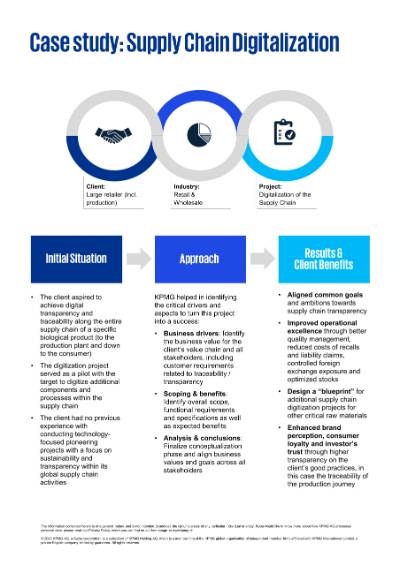Faced with increasing pressure from competition and stakeholders, it is important to adapt and use measures that fit a company’s individual situation. This is where management consulting comes in. With the support of our international network of specialists, we help our clients to overcome new challenges every day while preserving or increasing value.
We help public and private sector organizations understand their most important value drivers and achieve tangible, lasting performance improvements. KPMG’s Management Consulting professionals can help you identify and solve the challenges that stand in the way of your growth and progress.
Our expertise
Our professionals combine strong technical capabilities with relevant industry experience. We use our extensive domestic and international resources and embrace cross-disciplinary approaches to important business issues.
Credentials
Latest thinking
Key contact
We want to help answer questions. Our experts are ready to support you with advice and assistance.

















